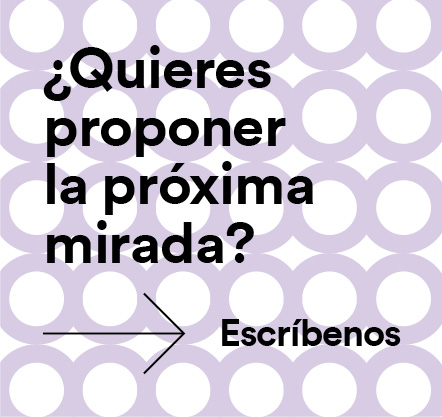See
"The parallel memory". Interview with the artist Hiraki Sawa
Adeliya Bissenbayeva, 4th year student of Degree at Humanities, presents the interview she had with the Japanese artist Hiraki Sawa for his exhibition in the Museum of the University of Navarra: "La report Paralela".
"I had a lot of freedom to do anything. Artists are free to do whatever they want and that's how they influenced me when I was a teenager".
Hiraki Sawa
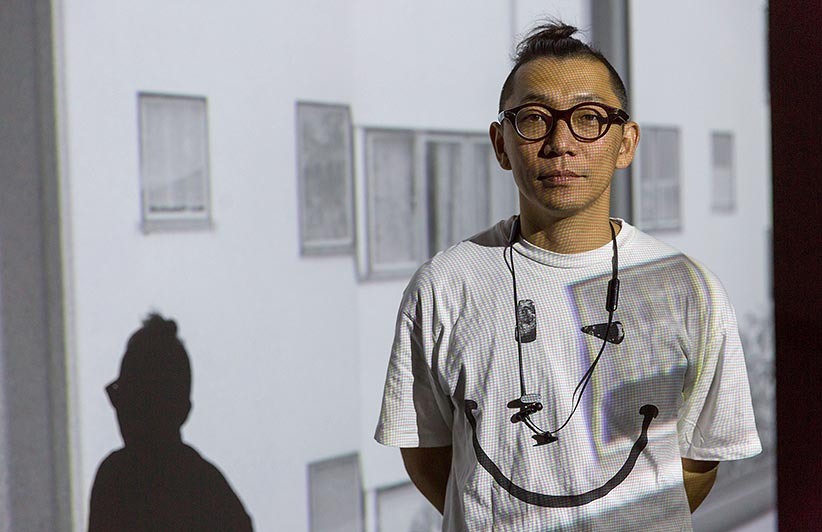
Hiraki Sawa (1977) born in Ishikawa, Japan, studied fine art and completed an MFA in sculpture at the Slade School of Fine Art in London, where he currently works. He won the East International Young Artist Award for his work "Dwelling" (2002). This, and many other works were made at home, in a completely everyday environment. The work, in turn, depicts the "migration" of people, planes, animals and so on. With this work he made his debut in the contemporary art world and art market.
Sawa participated in the 6th Asia Pacific Triennial of Contemporary Art at the Queensland Art Gallery in Brisbane (2009), the 17th Disney Biennale (2010), the2011 Chengdu Biennale and group exhibitions, such as "Encounter: the Royal Academy in Asia" and "Re: Quest -- Japanese Contemporary Art Since the 1970's" at the Museum of Art Seoul National University" (2013).
In addition to her artistic works, Bissenbayeva was involved in creating videos such as "murmuring", and "out of the blue". In this way, she came to create the project "O", which consists of three large screens, ten monitors, and four speakers. The visitor lives the experience in situ in a living, almost real space. His videos are usually accompanied by drawings, photography and sculpture.
Hikari Sawa argues that through artistic creation he gets to "manipulate time". Through these drawings and photographs that move in space in a mesmerising way, the artist imbibes the themes of space exploration, physical labour, children's fantasy and amnesia.
From 25 September 2019 until 15 March 2020, his exhibition "La report Paralela" was exhibited at the Museo Universidad de Navarra. It depicts the duality of report and reality, exploring the collective amnesia of society. La report Paralela consisted of 15 small and large works as well as his drawings, sculptures and photographs. With his works Sawa seems to show us, on the one hand, the way we live and how we perceive reality, and on the other hand, the way we should do it.
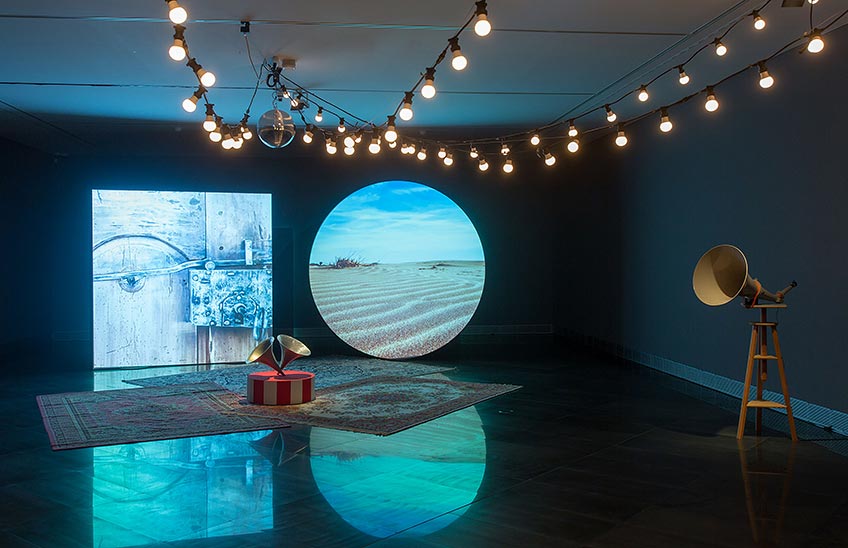
E: Let's start with your trajectory in the art world: How did you discover your artistic side? Was there any influence from your family or your culture?
H: When I was a child I liked to create things, I did and still do, like making toys that I would play with later. I didn't like to buy any, I preferred to do it myself. So it's more like an object, rather than a drawing. I have a daughter and she loves to draw, but I liked to hammer, bang things and then build them . That's what I liked. So, when I got to primary schools or high school, I wanted to get some subject from work where you create. I didn't think it would be art.
You also asked me about my family: it's not really artistic. My father is a professor, he teaches at a European economics university and my mother used to be a law tutor. They are not artistic at all. And nobody in my family is artistic, except my sister. She is a graphic designer, but she quit. She's exotic in a way, so now she's in Brazil, teaching capoeira. A mixture of dance and martial art typical of the country.
So I probably got some influence from my sister more than from other parts of the family. She's always into music, visual communication, design. I looked up to her. It was great for me to be like her. She went to university in London and I followed her. That's how I got there.
E: What about inspiration, are you inspired by Japanese art?
H: I'm from Japan, so I 'm interested in learning the traditions and culture and I'm willing to learn European-British culture. But I'm more inspired by my everyday life like what you have or what people have normally. Or when you wake up and you see the window outside. Or you know, outside, cooking, going out, shopping, things, going to the studio and doing things, reading a book, listening to music, talking to my friends... that's where I get inspiration from. So it's a mix between intimate and everyday life.
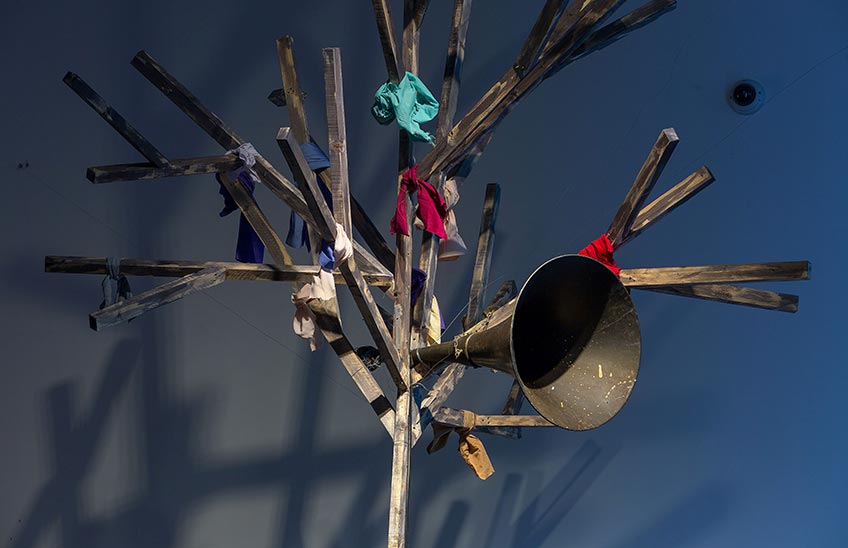
E: I also wanted to ask you, since we started talking about this, when you have an idea, an inspiration or a theory from your everyday life, how do you plan to work on it? What is your process like?
H: I love making tangible things. So my way of making is more of a sculpture or a sculptural visual, rather than a film production. There's no script or storyboard, I just get footage, sequences that I shoot and then I start working with that. It's like making a sculpture out of clay or making an installation out of commodities. Some artists make art out of scrap and others make installations out of scrap. It's the same idea, but I correct some visual elements and, before I think about stories or narratives or scripts, I usually start working with visual elements. And it's like a collage. You know, finding little bits and pieces and gluing them into a visual image, to make something else. Often people say that sheet art can work with those tired, like those artists do. Like a collage. And I do the same and see what comes out and development more from there. So that's the process, that's how work.
I: Yes, you would say it's more intuitive, wouldn't you?
H: Yes, I just follow my intuition rather than my concept. Sometimes also, it's difficult for me to work with people, because I have to communicate with them, that's what I want, but then some people... well if they support me, help me, then they have to understand me, my intuition. Because I'm not very good at communicating and I'm not good at explaining what I think and what I want to do. So I think that has a positive effect and an opposite effect.
E: Does the creation of your artistic works take a long time?
It really depends. I think a small video clip takes a few days, but if it's a big production, then it takes about a year and a half. It also depends on how I define where I start to do things, because the inspirations come from everyday life. So my idea is planted, but I have to wait for it to grow or multiply. So I wait for this idea to grow. Nurture it. Like if it's too fresh, then I can't believe that this is good, I prefer to wait. So if I have the inspiration, of, for example, walking, maybe in 4 years I take up the idea and start working with it. So maybe I planted the idea 10 years ago, but I started working on it just now.
I also remember the words of my tutor, Phyllida Barlow, who said: " As artists, we don't present the idea, we express it. We don't know what it is, we don't know if we understand how things work, but expression is not explaining our idea. But it's not the idea, it needs something we don't know. We are always looking for it, searching for it.
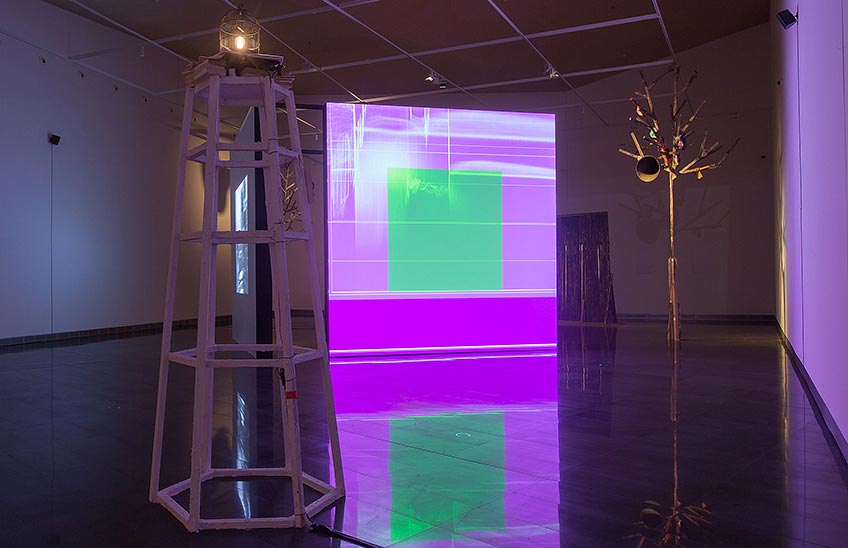
If you liked the article, you might be interested in one of our Degrees!




